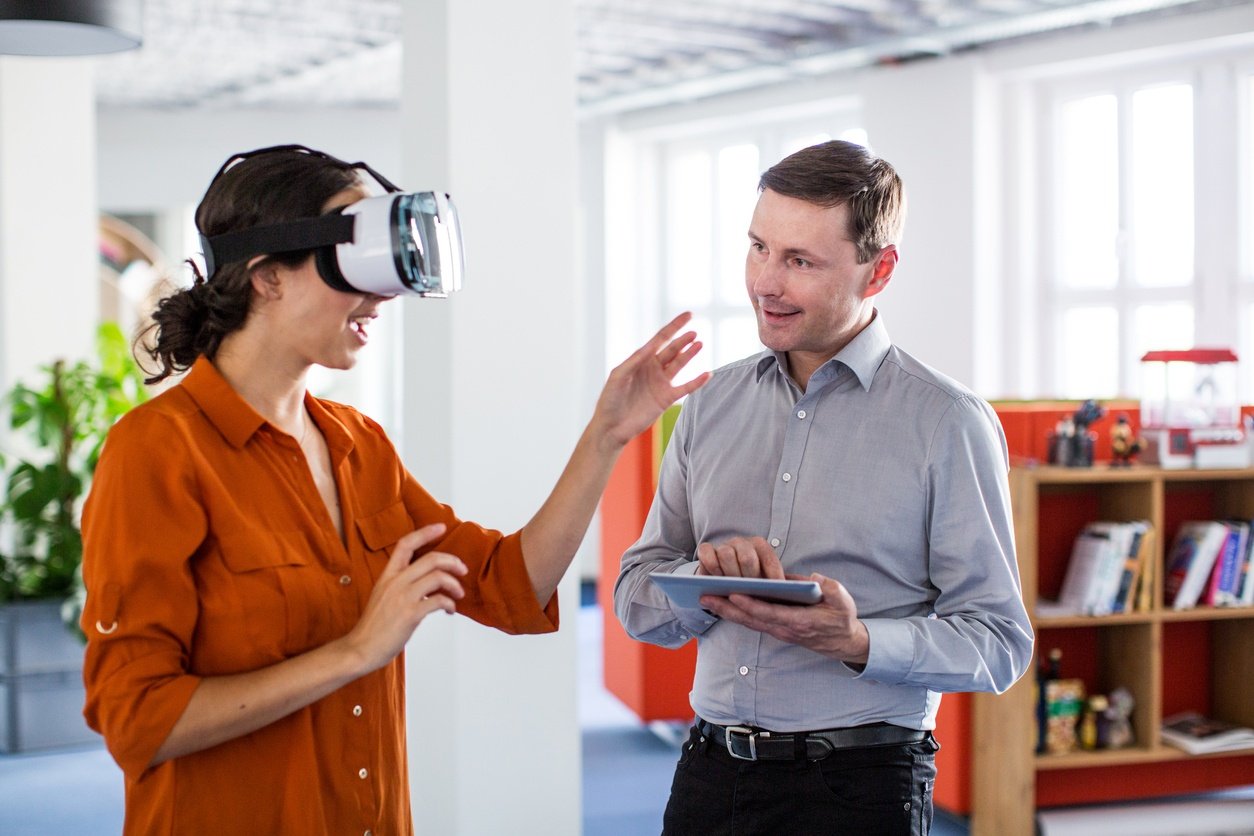One of the downsides of live events is that you have to be there to experience them. Of course, you want your attendees there at your event but what if you could give people who couldn’t make it to the live event the option to experience the meeting through virtual reality?
You may have heard a lot of noise out there about virtual reality but you still really do not understand what it is all about or how it could apply to event planning. Virtual reality (VR) may truly be the future of events.

There are two main types of virtual realities that can allow more attendees to experience your meetings from wherever they may be:
Augmented Reality (AR)
According to Digi-Capital, the AR market may grow to $90 billion by 2020. This will be due in part to sales from AR hardware along with retail, enterprise and gaming. In fact, worldwide, AR headsets are expected to sell more than $1.2 billion by the end of year 2017. Augmented reality combines computer-generated enhancements with reality to enhance its meaning and allow users to interact with it. AR can be incorporated through apps and mobile devices.
You have probably observed instances of augmented reality and did not even realize it–through 3D emails, score overlays through telecast sports, holograms, motion activated commands, and more.
Still wondering how augmented reality could work for an event? Let us explain. Think of a product demonstration. Packing, loading and unloading of equipment can be expensive—not to mention cumbersome! With augmented reality, you can demonstrate your products at a trade show without having to worry about transportation concerns. The experience for the user can be enhanced with added videos and graphics that make your products come to life for the user. AR apps also often allow for data collection which will help you expand your marketing efforts to more potential prospects.
Virtual Reality (VR)
Virtual Reality is an artificial or computer-generated recreation of a real-life event and can be achieved by wearing a headset or through a hand-held control device. The user can control and navigate his actions in a simulated real-world environment. This includes applications such as 3D demos which can be used in product demonstrations. As VR applications become more commonplace on mobile devices, they can be easily integrated into events such as trade shows.
Virtual reality experiences are growing more common such as the Oculus 3D virtual reality 2016 N.B.A. final games between the Cleveland Cavaliers and the Golden State Warriors, where users were immersed in the virtual reality of the games. VR tours are being used by United Airlines, allowing users to tour new planes and terminal lounges. These are just a few of the many examples of how virtual-reality apps can place viewers in the middle of the action of your event.
Both AR and VR will become mainstream within the event industry in the near future and should be a part of your long-term event planning strategy. The time will come when VR and AR are not just additional options you can add to your event planning, they will become a necessity. New improvements and innovations with AR and VR will make these technologies more relevant to event planners as they offer these options to their more tech-savvy attendees.
Why not learn more ways to share your event experiences with everyone? We keep on top of the latest trends in the event industry and can help you make an impact with your next event–making it something that your attendees will remember for years to come. Contact us to set up a consultation. We are here to help!






